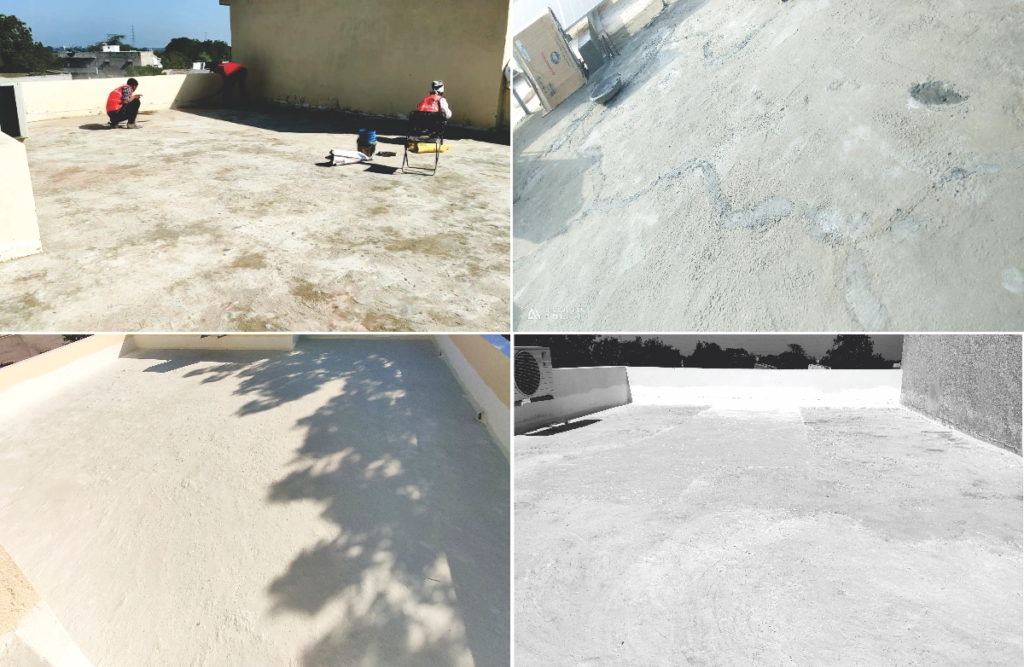Professional waterproofing methods for builders
Effective Waterproofing Tips for New Construction Projects
Essential Waterproofing Techniques for Modern Construction
New Construction Waterproofing Tips
Ensuring Longevity and Durability: New Construction Waterproofing Tips
Waterproofing is one of the most crucial steps in new construction projects. A properly waterproofed structure not only increases durability but also improves energy efficiency and comfort for the occupants. Ignoring this stage can result in costly repairs, mold growth, and long-term structural damage. In this guide, we reveal the most effective New Construction Waterproofing Tips that every builder, developer, and homeowner should follow to keep their property safe and strong.
“Our expertise keeps your premises dry, safe, and strong—because every drop matters.” – Simon Benjamin
1. Start with a Comprehensive Plan
The first and most important New Construction Waterproofing Tip is proper planning. Waterproofing should be included in the initial design phase itself. Builders must identify areas such as basements, terraces, and exterior walls where water intrusion is most likely. By understanding the site conditions, climate, and materials used, you can design a waterproofing system that provides complete protection from the beginning.
2. Choose the Right Waterproofing Material
Selecting the right material is another essential New Construction Waterproofing Tip. Not all waterproofing products work the same. For example:
Liquid membranes like polymerized silicone PSV create a seamless moisture barrier.
Membrane sheets are useful for basements and foundations but may not always suit the Indian climate.
Cementitious coatings are excellent for high-moisture areas like water tanks and basements.
Choosing the correct waterproofing product ensures your building can withstand local weather conditions and stay protected for years
3. Ensure Proper Site Preparation
One of the most practical New Construction Waterproofing Tips is preparing the site properly before applying any material. Surfaces should be cleaned of dust, oil, and debris. Cracks and holes must be repaired to create a smooth surface. PPC mat strips can be applied to improve adhesion, and drainage must be planned to keep water away from the foundation. Without proper preparation, even the best waterproofing materials may fail.

4. Focus on Key Vulnerable Areas
Every structure has certain vulnerable spots that need extra attention. Following this New Construction Waterproofing Tip means prioritizing basements, roofs, bathrooms, terraces, and external openings.
Basements: Apply coatings, drainage systems, and sealants, then plaster around the walls for extra moisture resistance.
Terrace- Roofs: Use strong roofing materials and ensure proper rainwater drainage.
New Bathrooms: Waterproof under tile joints and around drainage lines to prevent future leaks.
Terraces with pools or gardens: Apply multiple layers of waterproofing for long-term protection.
Windows and doors: Seal properly with flashing and weather-resistant barriers.
5. Implement Proper Drainage Solutions
Another must-follow New Construction Waterproofing Tip is installing efficient drainage systems. Even high-quality waterproofing won’t work if water accumulates around the building. Make sure the ground slopes away from the foundation, install gutters and downspouts to direct rainwater, and in flood-prone areas, use sump pumps for added safety.
6. Perform Regular Quality Checks
Among the best New Construction Waterproofing Tips is maintaining quality control during construction. Inspect materials before installation, check adhesion after application, and test for leaks with water penetration methods. Regular inspections reduce the risk of future failures and ensure the system performs as expected.
7. Stay Updated with Modern Technology
One of the most valuable New Construction Waterproofing Tips is staying updated with modern solutions. Today, smart membranes that self-heal and nano-coatings that repel water are available. By adopting advanced technology, builders can create more durable and sustainable buildings that withstand extreme conditions.
Conclusion
Waterproofing in new construction is not just about blocking water—it’s about ensuring the longevity, strength, and safety of the entire structure. By following these New Construction Waterproofing Tips—from planning and choosing the right materials to focusing on vulnerable areas and using modern technologies—you can prevent expensive repairs and build homes that last for generations.
Talk To Our Experts – Get a Free Estimate for Waterproofing
These FAQs should provide you with a good starting point for understanding waterproofing Solutions. Remember that it’s essential to consult with a professional water-proofing contractor for specific advice and solutions tailored to your needs.


